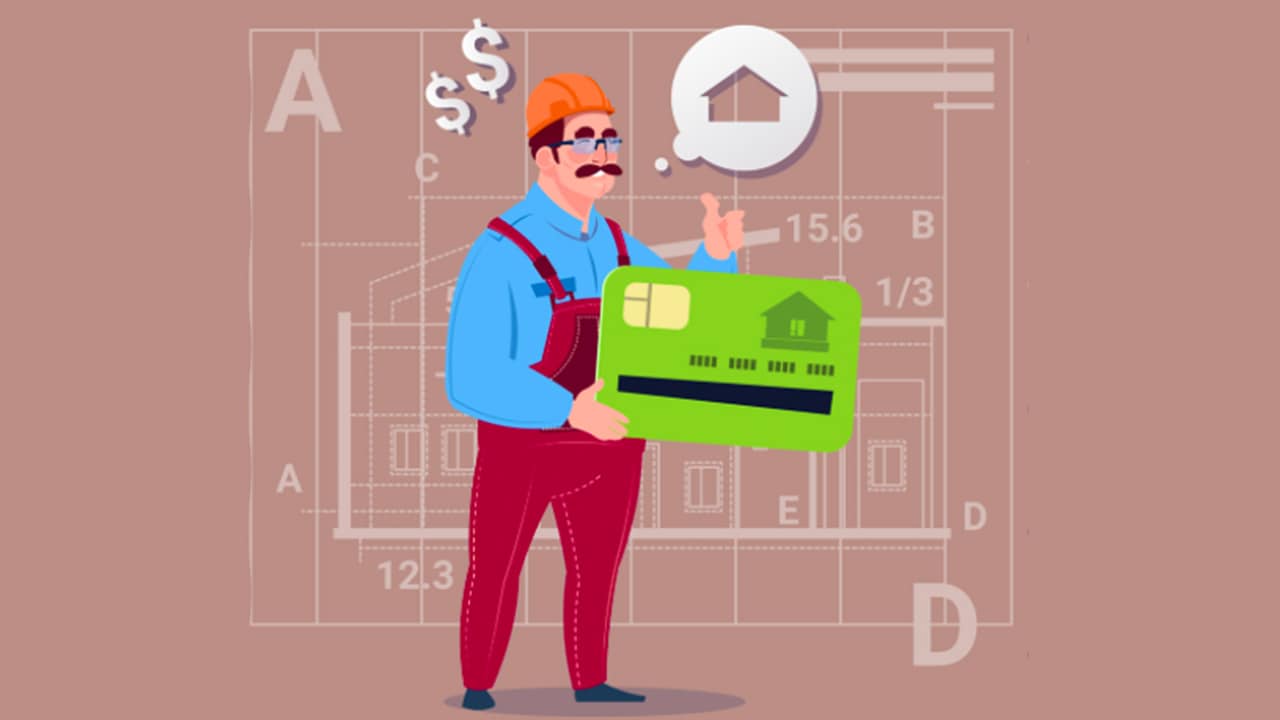How to Speed Up Saving for a Down Payment


Buying a home is exciting, but let’s be real: saving for a down payment can feel like watching paint dry on a humid day. The average down payment ranges from 9% (for first-time buyers) to 18% or more of the total cost of a house.
That’s a lot of cash, but the good news is that you can break down this goal with the right down payment savings plan. It takes time, but with a few tweaks to your budget and money habits, you can build momentum and hit your target faster than you think.
Check out this guide to learn how down payments work, how to calculate your target number, and more tips on the best ways to save for a house.
A down payment is the upfront chunk of money you pay toward the total cost of your home at closing. Think of it as your way of showing the lender, “Hey, I’m serious about this.” You cover the remaining purchase amount with the mortgage you pay monthly.
Depending on your credit, the market, and the loan you apply for, you’ll need to front anywhere from 3% to 20% of the house’s value upfront. However, the more you can pay upfront, the lower your loan and monthly payments. You might even be able to avoid private mortgage insurance (PMI), which lowers your monthly payment even more.
The bottom line is that the more you increase your savings for a home, the better off you’ll be.
If your goal is to save for a house faster, strategy is everything. Try these tips to build momentum and get those house keys in your hand sooner.
Before you can tackle saving for a down payment, you need a clear picture of your savings goal. The exact amount you need will differ based on how much house you want to buy. Still, you probably have a good idea of your price range, which will help you come up with a rough down payment savings plan.
Unfortunately, there are other costs to consider here. Closing costs, moving expenses, and small renovations or fixes cost money. No one wants to move into their dream home only to discover it needs a new water heater on day one.
Start by setting a realistic home price goal. From there, estimate your down payment amount (typically 3% to 20% of the purchase price) and add an extra cushion for closing costs, which are usually 2% to 5% of the loan.
Once you have your total, work backward: create a home purchase plan budget that breaks your target into monthly goals. This timeline-based approach makes it easier to track your progress and adjust your strategy as you go.
Not everyone will qualify for them, but down payment assistance programs can seriously help with saving for a down payment. These programs can help bridge the gap between what you’ve saved and what you need.
Some employers also offer housing benefits, so it’s worth asking HR if your company provides any help with saving for a down payment. And don’t overlook local or state-level first-time homebuyer programs and grants, which can shave thousands off your upfront costs and accelerate your journey toward homeownership.
Even if you don’t qualify for grants, consider specialized FHA, VA, or USDA plans. These programs usually require lower down payments and have more flexible credit requirements.
Once you know how much you need (and if you qualify for assistance), the next step is to supercharge your down payment savings plan by making your money work harder for you.
That might mean:
If you’re serious about saving for a down payment, trimming your spending can accelerate your progress in a big way. Look for areas where you can temporarily downsize, like:
You might have to think outside the box to save up for a down payment. These tips won’t work for everyone, but they can certainly help with saving for a down payment:
If you’re already in the market for a home, consider looking for a property with income potential, like a duplex, which you can rent out to offset your mortgage.
Saving for a down payment may feel like a marathon, but with the right plan and mindset, you can cross the finish line with time to spare. Trimming costs and boosting your income are the keys to bulking up your savings, although you might have to get creative to sock away more cash.
Remember that progress is progress, no matter how small. Every dollar you set aside is one step closer to homeownership. Keep your eyes on the prize, celebrate your milestones, and watch as your efforts snowball into the keys to your new home.
The content provided is intended for informational purposes only. Estimates or statements contained within may be based on prior results or from third parties. The views expressed in these materials are those of the author and may not reflect the view of National Debt Relief. We make no guarantees that the information contained on this site will be accurate or applicable and results may vary depending on individual situations. Contact a financial and/or tax professional regarding your specific financial and tax situation. Please visit our terms of service for full terms governing the use this site.

Buying a home is exciting, but let’s be real: saving for a down payment can feel like watching paint dry...

The best credit builder apps report to all three major credit bureaus (Experian, Equifax, and TransUnion). Most offer credit-builder loans...

Second, Georgetown also projects shortages of over five million workers over the coming seven years in several fields that require...